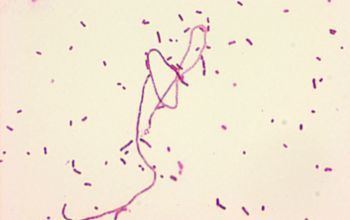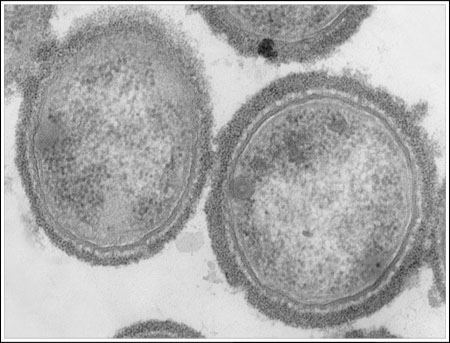Scientific name Actinobacillus | Higher classification Pasteurellaceae Rank Genus | |
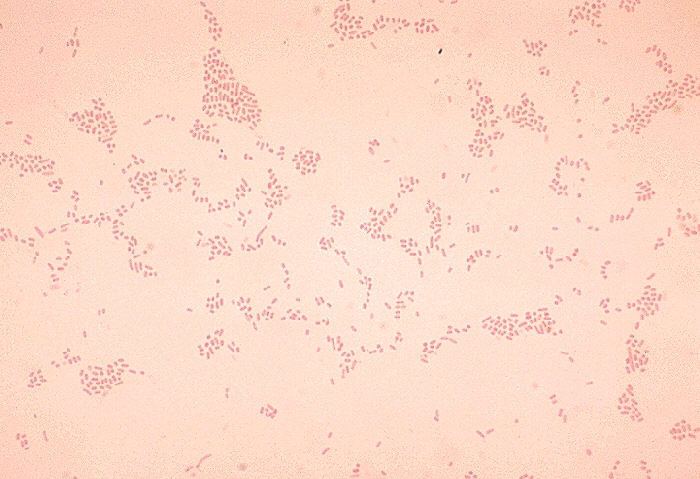 | ||
Similar Actinobacillus pleuropneumoniae, Aggregatibacter actinomycetemcomitans, Bacteria, Pasteurella, Haemophilus | ||
Cura para el actinobacillus actinomycetermoncomitans
Actinobacillus is a genus of Gram-negative, nonmotile and nonspore-forming, oval to rod-shaped bacteria occurring as parasites or pathogens in mammals, birds, and reptiles. It is a member of the Pasteurellaceae family. The bacteria are facultatively aerobic or anaerobic, capable of fermenting carbohydrates (without production of gas), and of reducing nitrates. The genomic DNA contains between 40 and 47 mol % guanine plus cytosine.
Contents
- Cura para el actinobacillus actinomycetermoncomitans
- Medical vocabulary what does actinobacillus pleuropneumoniae mean
- References
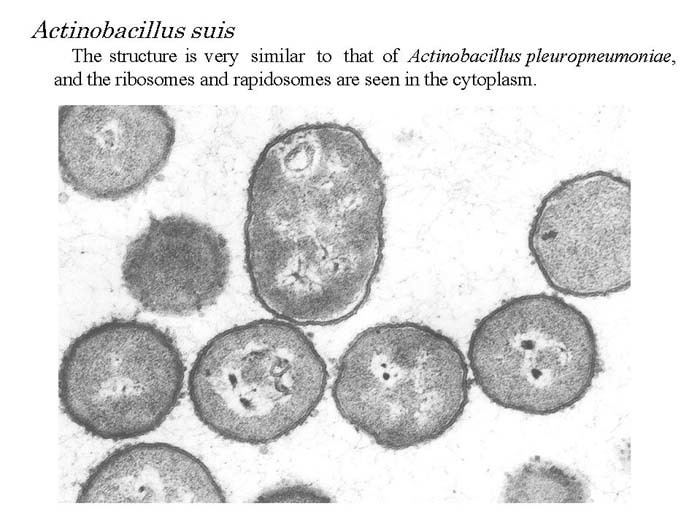
Actinobacillus (Pasteurella) ureae and A. hominis occur in the respiratory tracts of healthy humans and may be involved in the pathogenesis of sinusitis, bronchopneumonia, and meningitis. A. actinomycetemcomitans occurs in the human oral microflora, and together with anaerobic or capnophilic organisms (HACEK group organisms) may cause endocarditis. Actinobacilli are susceptible to most antibiotics of the beta-lactam family, aminoglycosides, tetracyclines, chloramphenicol, and many other antibacterial chemotherapeutics.
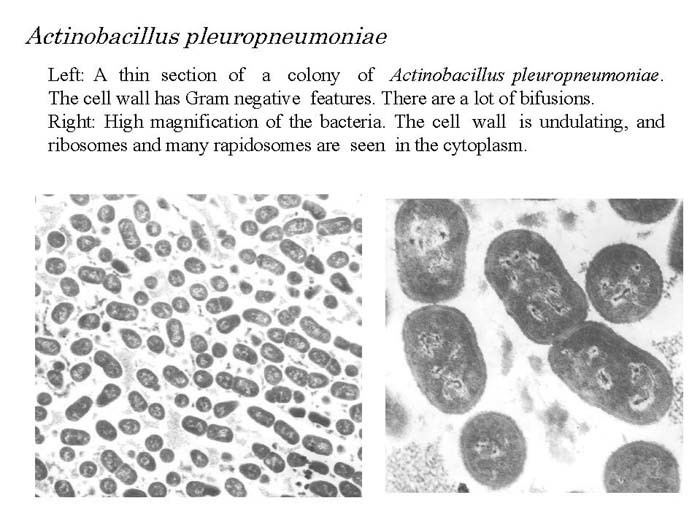
An analysis of A. actinomycetemcomitans indicated it was monophyletic with Haemophilus aphrophilus and H. segnis, and it was proposed that they be reclassified as a new genus, Aggregatibacter (from the Latin, "aggregare", meaning "to come together").
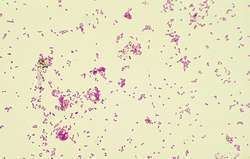
Medical vocabulary what does actinobacillus pleuropneumoniae mean
